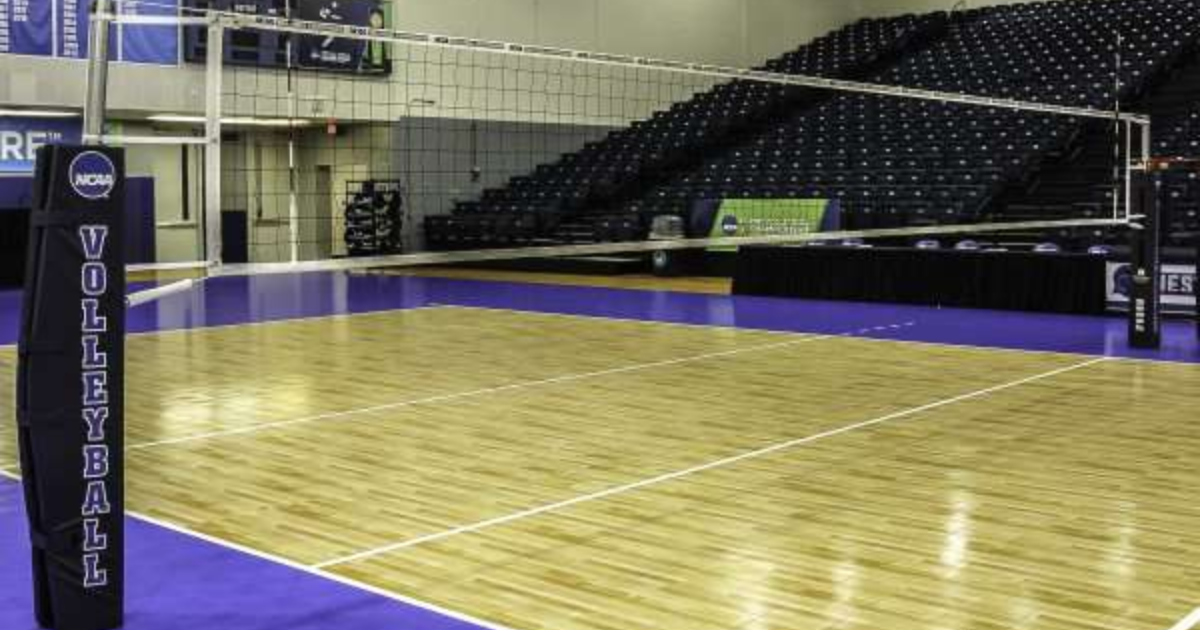Have you ever looked at a volleyball net during a match and thought, How do they even make something that strong and precise. Honestly, I’ve wondered that too. Club volleyball nets might look simple, but behind that stretch of mesh is some really cool engineering and craftsmanship.
What Makes a Club Volleyball Net Different
Before we dive into how they’re made, it helps to know what makes a club-level volleyball net unique.
Club volleyball nets are stronger and more durable than casual backyard nets. They’re built to handle intense spikes, tight tension, and frequent setup and takedown during tournaments.
Here’s what sets them apart:
- Thicker net cords (usually made of polyethylene or nylon)
- Reinforced top cables for high tension
- Tear-resistant side tapes
- Regulation size (32 feet long x 39 inches high)
- Stable tension — they don’t sag even after multiple games
Choosing the Right Materials
Everything starts with strong synthetic fibers. Most club nets are made using knotless polyethylene or nylon.
Why Because these materials:
- Resist moisture and sun damage
- Stay flexible even in heat
- Hold up under constant tension
The fiber is chosen based on its denier rating (a measure of thickness). Club-level nets usually use medium to heavy denier fibers so they can withstand the constant pull from top and bottom cables.
Weaving the Mesh
Next comes the netting process this is where precision matters.
The fibers are fed into industrial looms or net-weaving machines that create a square or diamond pattern.
- The square openings are typically about 4 inches wide, perfect for volleyballs.
- The weave is tight and uniform to prevent stretching.
Some manufacturers use a knotless weave, which means the fibers are interlaced instead of tied. This makes the net smoother and stronger ideal for competitive play.
Cutting and Heat Sealing
After weaving, the large sheet of netting is cut to regulation dimensions.
Then, the edges are heat-sealed or coated with resin to prevent fraying.
This small step is actually a big deal it’s what keeps the net’s shape consistent over time, even after countless games and storage cycles.
Adding the Reinforced Headband
This part gives the net its clean, professional look.
A thick vinyl or canvas headband is sewn across the top and bottom edges. Inside the top band, a steel cable or Kevlar cord runs through. This is what attaches to the poles and keeps the net tight.
The stitching is usually done with UV-resistant polyester thread, ensuring it doesn’t weaken in sunlight or humidity. The headband also protects players from direct contact with the rough net cords.
Side Tapes and Dowels
On both sides of the net, you’ll find white side tapes. These vertical strips help maintain the net’s tension and alignment.
Some high-end club nets have fiberglass dowels sewn inside these side bands. They act like vertical stabilizers, keeping the edges straight and upright even during powerful hits.
Quality Testing
Before any net reaches a gym, it goes through quality testing.
Manufacturers test for:
- Correct tension and stretch
- Mesh uniformity
- Cable strength
- Stitch durability
A net that doesn’t pass these tests gets adjusted or discarded. That’s why official club nets feel tight and balanced when set up they’ve been fine-tuned for consistency.
Branding and Packaging
Finally, the finished net gets tagged with its model info, brand, and certification (for example, FIVB-approved or USAV standard).
It’s then rolled, packed, and shipped to clubs, schools, and sports retailers worldwide.
Quick Look: Main Components of a Club Volleyball Net
| Part | Material | Purpose |
| Mesh | Nylon or Polyethylene | Core structure, holds shape |
| Headband | Vinyl or Canvas | Protects top and bottom edges |
| Cable | Steel or Kevlar | Maintains tension |
| Side Tapes | Reinforced Nylon | Keeps edges straight |
| Dowels | Fiberglass | Adds vertical support |
How Long Do Club Volleyball Nets Last?
With regular use, a good-quality club volleyball net can last 3–5 years — sometimes longer if stored properly.
Here’s how to extend its life:
- Store it in a cool, dry place
- Avoid leaving it under the sun when not in use
- Clean off sand or sweat after every tournament
- Roll it instead of folding to prevent creases
These little care habits can make a huge difference.
FAQs
Q1. What is the difference between indoor and outdoor volleyball nets
Indoor nets are usually made with nylon and have less UV protection, while outdoor nets (for beach or sand courts) use polyethylene to resist sun and moisture.
Q2. Can you make a volleyball net at home
You can, but it won’t match club quality. Home nets often sag or tear easily because they lack proper cables and reinforced stitching.
Q3. What’s inside the top of a volleyball net
A metal cable or Kevlar cord runs through the top headband that’s what keeps the net tight and even across both poles.
Q4. Why do some nets have red and white stripes on the sides
Those are antennae used in competitive play to mark the boundaries of the court. The ball must pass between them to be “in.
Final Thoughts
The truth is, making a club volleyball net is part science, part craftsmanship. Every thread, stitch, and tension cable plays a role in how the game feels.
Next time you watch a match, take a closer look that net isn’t just hanging there; it’s the silent backbone of every rally.
